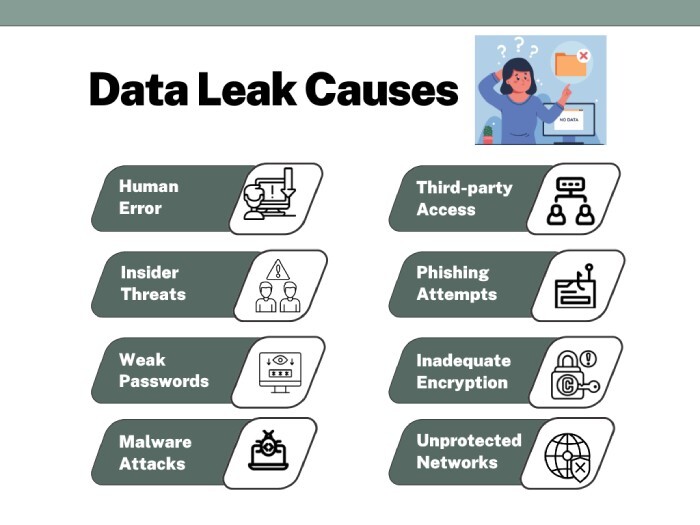Saudi construction targeted, Latin America vulnerable, Middle East secures

Hello people! It’s the last month of Q1 2025, and we are back with our cyber bulletin. As you know, our goal is to keep you updated and aware so that you can safeguard your data and network from threat actors and their sophisticated moves. No matter which corner of the world you live in, if you are into digitization, then you should be aware of what’s happening all around the globe. If you have a smartphone and wi-fi/mobile network, you are vulnerable to threat attacks. Only awareness and precautionary measures can protect you from any cyber mishap.
This week, our focus will be on Saudi construction firms that have recently become a prime target sector for ransomware groups. Next, we will show how Latin America is more vulnerable to cyberattacks as compared to other nations. Lastly, we will end the bulletin by discussing the latest security moves across Middle East banks.
Let’s dive deeper into cybersecurity headlines!
Saudi construction firms on the radar of threat actors
Saudi Arabian organizations are increasingly facing ransomware attacks. On 14 February, the notorious ransomware group DragonForce warned a Saudi construction firm, Al Bawani, that it would publish 6 TB worth of stolen data on the dark web. The attackers gave two weeks’ worth of time to the construction company for making the payment. When Al Bawani failed to comply, DragonForce published part of the data on the dark web. The leaked data included high-profile photographs of air warfare facilities, airbases, hotels, and so on.
The sudden upsurge of ransomware attacks on Saudi construction firms is a cause of concern for security experts. The threat actors are primarily targeting this sector because of their data-sensitive nature. Also, they serve as critical infrastructure support to the government and private sectors, which again makes them a highly lucrative target for cybercriminals.

Just two months into 2025, and as many as 63 ransomware attacks have been carried out by RaaS groups such as RansomHub, LockBit, and other threat actors. Experts believe that these cybercriminals won’t stop at just construction companies and that the next target industry can be IT companies and healthcare centers.
Latin American companies are at greater risk of cyberattacks!
Latin America is 40% more vulnerable to threat attacks when compared to the rest of the nations. There are multiple factors, such as local politics, demographics, law enforcement systems, and rapid technological adoption, which make it highly susceptible to cyberattacks. Latin American companies experience 2569 cyberattacks on a weekly basis, which is 40% more than other countries.
Threat actors majorly target different industries, such as government sectors, military agencies, healthcare facilities, and communication centers. These organizations experience a staggering 3000 to 4000 cyberattacks on a weekly basis. Not only are these sectors of critical importance, but even ordinary citizens are facing the heat nowadays.
Notorious cartels and cybercriminals are gradually joining hands to penetrate deeper into society. The worst part is that cybercriminals and cartels are operating almost freely without any kind of fear. Criminals can operate easily from prisons with the help of smartphones and gadgets that are smuggled into the cell. The efforts taken by local authorities and experts are not adequate as compared to the rate of crime.
Middle East banks amp up cybersecurity
Cybersecurity experts in the Middle East are concerned about the rapid digital transformation in the region as well as the lack of cybersecurity-trained workers, especially in the financial sector. That’s exactly why the financial industry in the Middle East considers cyber wargaming as a significant identifier of potential weaknesses in the digital defense mechanism. Currently, the UAE financial industry is on the radar of threat actors. It accounts for around 21% of the total cyber mishaps that are happening in the region.
The United Arab Emirates has plans to invest a whopping $2 billion in strengthening cyber defense, securing digital infrastructure, and boosting overall cybersecurity systems. The Cyber Wargaming 2025 event was also a well-thought-out, strategized move to enable executives, technicians, and cybersecurity teams to anticipate threats across the financial sector.
One of the major targets for the UAE as of now is to upgrade the overall outdated security frameworks.

Relying on old systems can be a severe mistake, given that threat actors are coming up with sophisticated attacks all the time. Implementing SPF, DKIM, and DMARC is crucial for financial institutions to secure their email infrastructure and prevent phishing attacks, which are a major vector for cyber threats in the banking sector. Financial institutions that have been operating on conventional systems up until now will be revamped so that they can cater to modern digital systems.
Experts also urge authorities to audit their existing devices that may be vulnerable to threat attacks. They feel that the connected devices required across financial institutions are prone to threat attacks and require extra vigilance and a higher degree of security so that no one gets unauthorized access to customers’ sensitive data.






